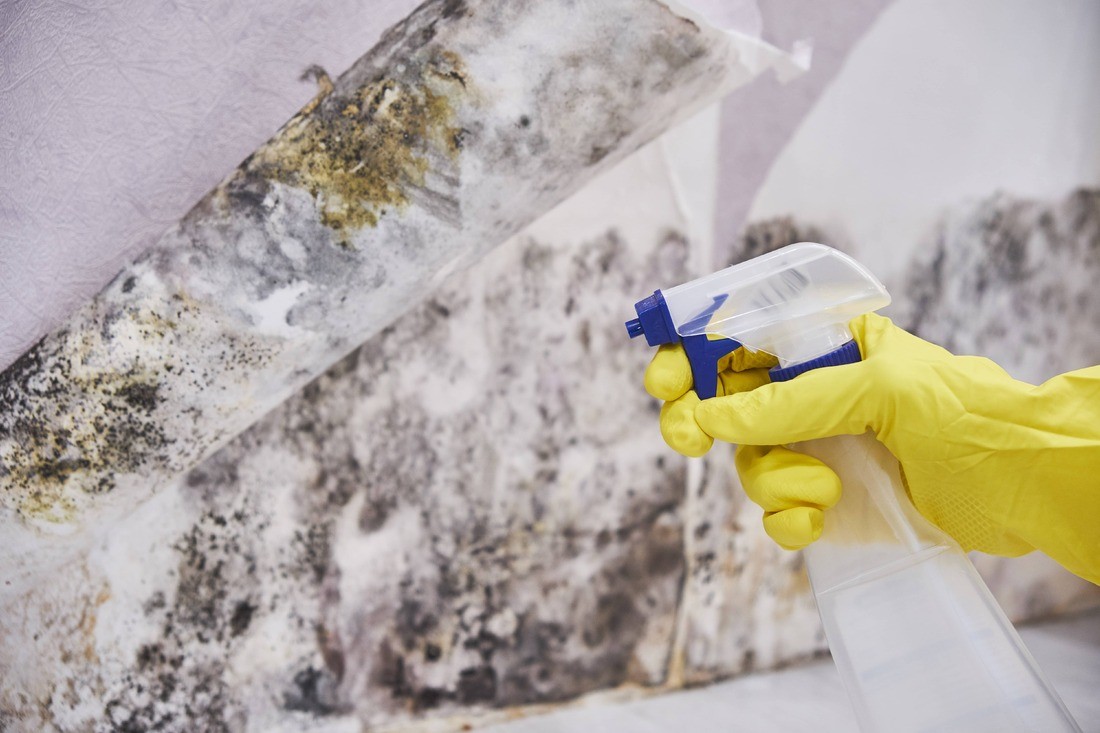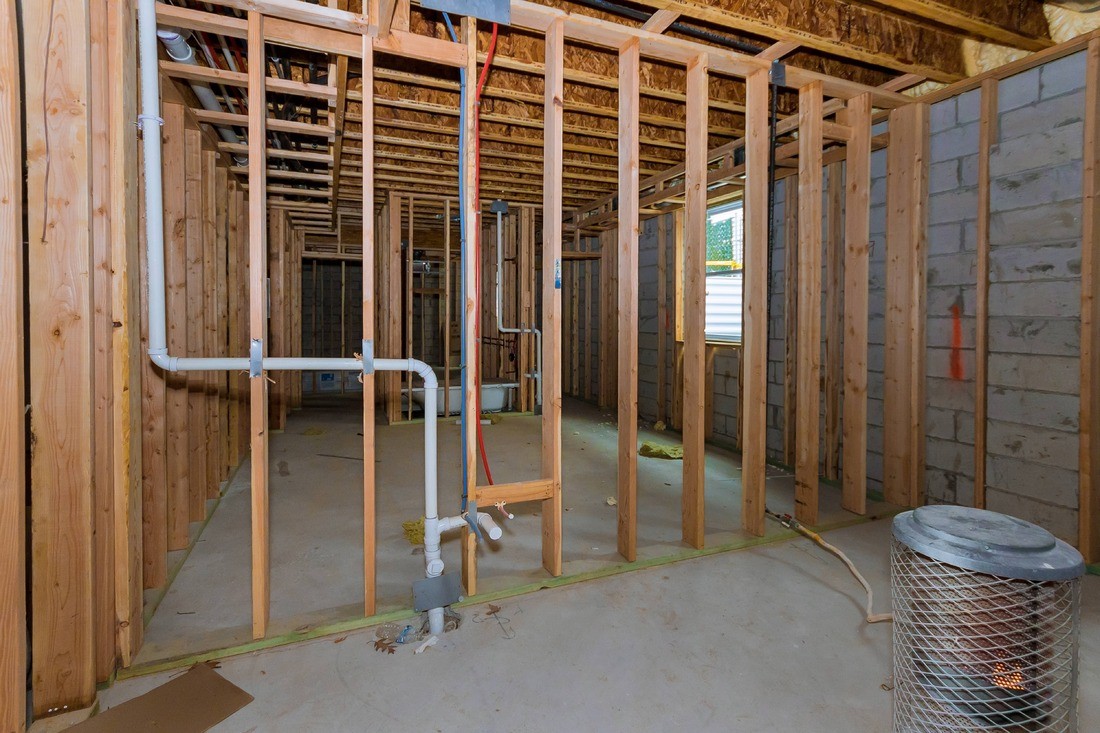
Introduction
Basement water damage can be a frustrating and overwhelming problem for homeowners. Whether caused by a burst pipe, heavy rainfall, or other factors, water damage in basements can lead to structural issues and the growth of mold and mildew. In this article, we will explore the topic of basement water damage restoration comprehensively, providing in-depth information from different angles.
The Importance of Assessing Structural Integrity
One of the primary concerns in basement water damage restoration is assessing the structural integrity of the affected area. Water can weaken the foundation and support structures of a basement, compromising the safety and stability of the entire building. Professionals in water damage restoration will carefully evaluate the extent of damage and develop a plan to address any structural issues that may have arisen.
The Restoration Process: Steps and Considerations
The restoration process for basement water damage involves several steps and considerations. These include:
- Assessment and Inspection: Professionals will conduct a thorough assessment to determine the extent of the damage and identify any potential hazards.
- Water Extraction: The next step is to remove the water from the basement using specialized equipment and techniques.
- Drying and Dehumidification: Once the water is removed, the area needs to be thoroughly dried and dehumidified to prevent further damage and the growth of mold and mildew.
- Cleaning and Sanitizing: All affected surfaces and items must be cleaned and sanitized to ensure they are safe for use.
- Structural Repairs: If there are any structural issues, such as weakened walls or beams, they will be repaired to restore the integrity of the basement.
- Mold Remediation: If mold growth is found, it needs to be addressed through proper remediation techniques to prevent health hazards.
- Restoration and Reconstruction: Finally, the basement will be restored and reconstructed to its pre-damaged condition, including repairing or replacing any damaged fixtures, flooring, or walls.

Different Types of Water Damage
Basement water damage can occur in various ways, each requiring specific restoration approaches. Some common types of water damage in basements include:
- Flood Damage: Basements can be susceptible to flooding, especially during heavy rainfalls or natural disasters like hurricanes. Restoration professionals are equipped to handle the cleanup and restoration after a flood.
- Leaking Pipes: Burst or leaking pipes in the basement can cause significant water damage. Identifying and repairing the source of the leak is crucial in preventing further damage.
- Sewage Backup: Sewage backup can be a health hazard and requires immediate professional intervention to properly clean and sanitize the affected area.
- Condensation and Humidity: High levels of humidity and condensation in basements can lead to water damage and mold growth. Proper ventilation and dehumidification are necessary to prevent these issues.
Preventing Basement Water Damage
While basement water damage restoration is essential, it is always better to prevent water damage from occurring in the first place. Here are some preventive measures homeowners can take:
- Regularly inspect and maintain gutters and downspouts to ensure proper water drainage.
- Install a sump pump to remove excess water from the basement.
- Keep the basement well-sealed and insulated to prevent moisture intrusion.
- Address any plumbing issues promptly to prevent leaks or bursts.
- Ensure proper landscaping and grading around the foundation to prevent water pooling near the basement walls.
FAQs
What are the common causes of basement water damage?
How long does the basement water damage restoration process take?
Important Facts and Statistics
Understanding the facts and statistics about basement water damage restoration can provide valuable insights into the severity and cost of such incidents. Here are some key facts and statistics:
- Most homeowners will pay an average of around $4,300 to repair a flooded basement.
- The remnants of Hurricane Floyd caused more than 8 inches of rain in 12 of New Jersey’s 21 counties, leading to significant basement flooding.
- Assessing and addressing water damage in basements is crucial to prevent further structural issues and mold growth.
Conclusion
Basement water damage restoration is a complex process that involves assessing structural integrity, addressing different types of water damage, and preventing future incidents. By understanding the steps involved and taking preventive measures, homeowners can protect their basements from water damage and ensure a safe and healthy living environment.



